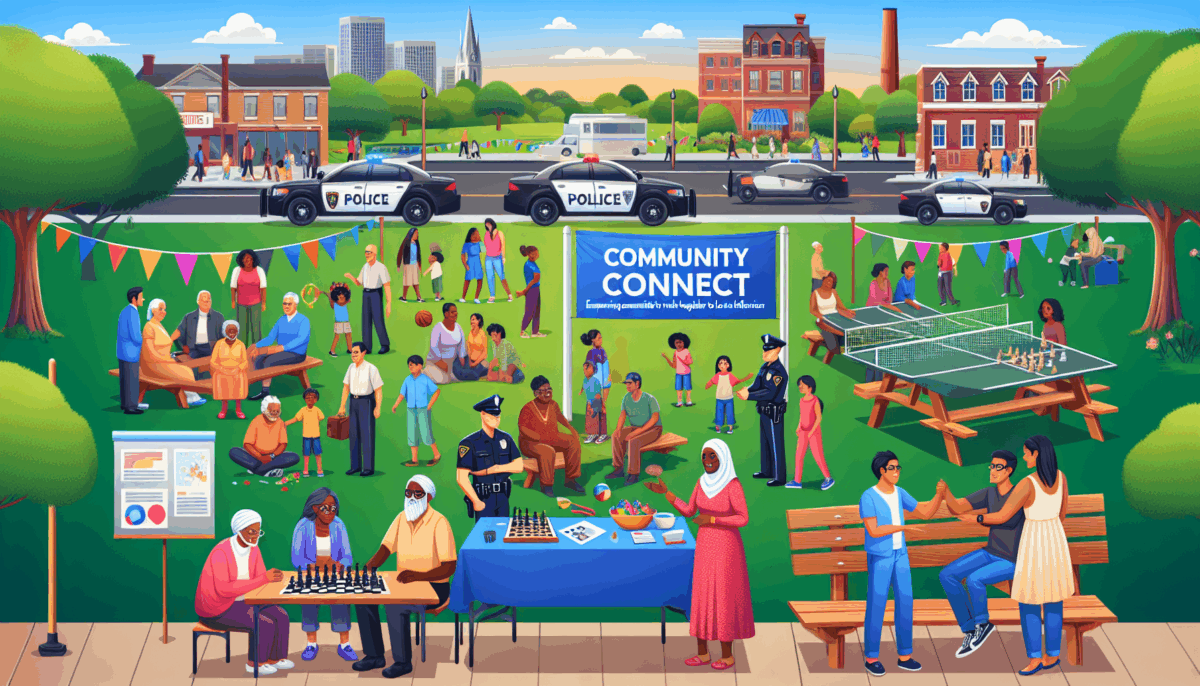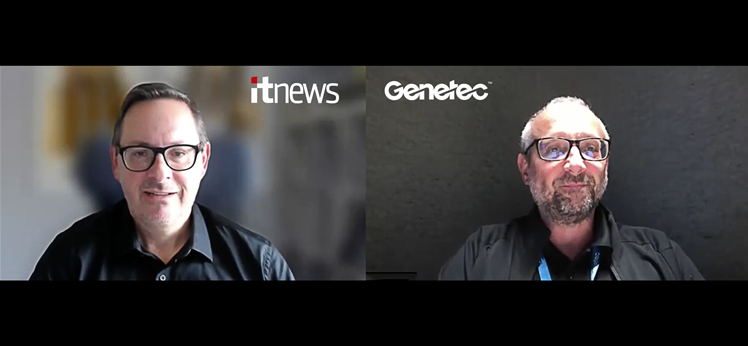“VoidProxy PhishKit Aims at Google and Microsoft Users”
We independently review everything we recommend. When you buy through our links, we may earn a commission which is paid directly to our Australia-based writers, editors, and support staff. Thank you for your support!
Enhanced Phishing Threat Aims at Google and Microsoft Users
Quick Overview
- VoidProxy is a phishing-as-a-service (PhaaS) solution targeting accounts on Google and Microsoft.
- This platform successfully surmounts multi-factor authentication (MFA) employing sophisticated methods.
- It makes use of Adversary in the Middle (AitM) phishing strategies from hacked email accounts.
- VoidProxy leverages inexpensive domains and Cloudflare to disguise its network.
- Security analysts recommend implementing phishing-resistant authenticators and conducting user training to lessen risks.

VoidProxy: An Emerging Phishing-as-a-Service Threat
Okta’s Threat Intelligence team has discovered VoidProxy, an advanced phishing-as-a-service (PhaaS) platform that is aimed at users of Microsoft and Google. This service can circumvent multi-factor authentication (MFA) protocols, including SMS codes and one-time passwords (OTPs), posing a major threat to users.
Mechanics of VoidProxy’s Operations
Adversary in the Middle (AitM) Methods
VoidProxy utilizes Adversary in the Middle (AitM) phishing tactics, dispatching emails from legitimate providers that originate from compromised accounts. This method allows it to bypass MFA safeguards by capturing session cookies.
Domain and Infrastructure Obfuscation
The phishing websites are hosted on low-cost top-level domains like .icu and .xyz. To conceal their actual locations, these sites employ Cloudflare’s reverse proxy services, making it harder to trace and shut them down.
Sophisticated Evasion Techniques
Multiple Redirects and CAPTCHA
To evade detection, VoidProxy implements several redirects before the target reaches a clone of Google or Microsoft’s login interfaces. It also makes use of CloudFlare CAPTCHA to ensure that only human users advance, hindering automated detection technologies.
Cloudflare Workers and Traffic Monitoring
The PhaaS kit additionally hides its activities by utilizing Cloudflare’s programmable proxy endpoints, referred to as Workers, which examine incoming traffic and dynamically block suspicious behavior.
Countering the Threat
Security Guidelines
Okta advises the use of phishing-resistant authenticators, such as hardware security keys and smart cards. Training users to recognize phishing attempts and applying access controls can also help combat these threats.
Emerging Phishing Services
VoidProxy is not isolated in the PhaaS environment. Other platforms such as EvilProxy and Salty2FA have also surfaced, applying comparable MFA-bypassing techniques to infiltrate user accounts.
Conclusion
VoidProxy signifies a notable advancement in the domain of phishing assaults, with its capability to bypass multi-factor authentication and adeptly hide its infrastructure. By utilizing cutting-edge methods and budget-friendly resources, it presents a considerable risk to users of Microsoft and Google. Staying informed and investing in strong security measures are essential steps in warding off such threats.




_(7).jpg&h=420&w=748&c=0&s=0)








